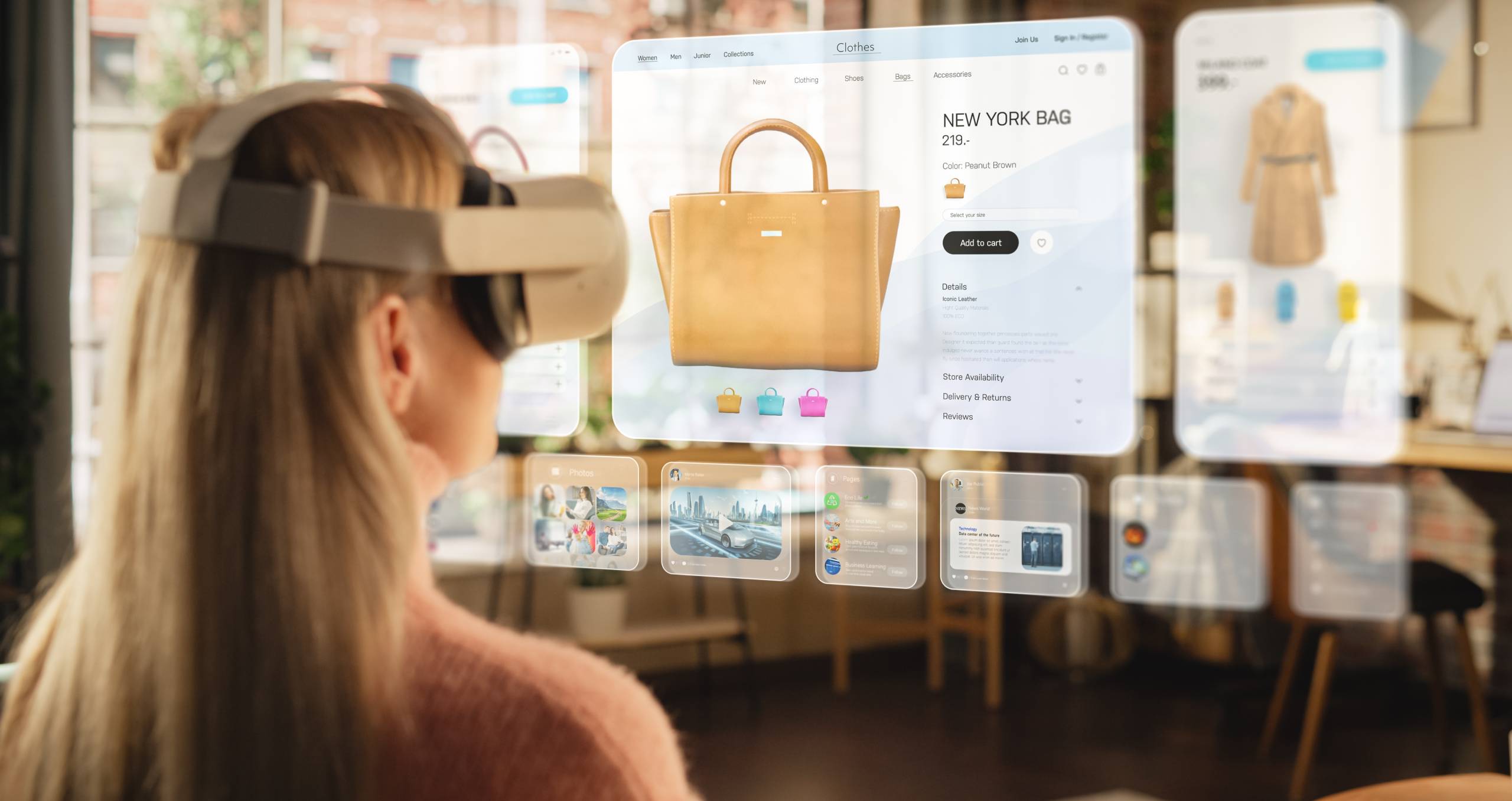Virtual Reality and Augmented Reality are increasingly present in our world, being technologies that companies are studying when preparing their marketing and advertising campaigns. The big question that both brands and agencies ask themselves is: how can I implement them?
Let’s start by differentiating between them. While Virtual Reality allows you to create images, sounds, sensations and even smells of the real world in a virtual environment, Augmented Reality works the other way around, introducing virtual elements into real environments to enhance the real experience.
These two terms are becoming increasingly present in the business world, and are being used as valuable marketing tools.
Virtual Reality and marketing
How can VR help a brand in its advertising campaign? The answer is very simple, it allows you to connect with your audience and generate greater brand engagement by showing your products to consumers in a new and more attractive way, all without the need to physically hold them.
Creating such a realistic virtual environment allows consumers to interact with the product or brand from the comfort of being able to do so wherever they want, as well as contributing to greater retention due to the immersive experience.
This is why more and more companies are incorporating Virtual Reality as one of the most valuable options to achieve a first impact that generates greater recall.
Augmented Reality in marketing strategies
With a QR code, an immersive application, there are many possibilities to create a digital environment that helps us to improve the real world, which is why augmented reality is becoming more and more important.
Within the marketing strategy of brands and companies we see how the creation of this type of resources that allow to improve the user experience and at the same time facilitate the knowledge of the product is more and more established.
AR allows us to generate a more interactive type of advertising, being able to offer the user extra information about the product in different formats: video, text, image… In addition, it also offers a more immersive experience, an example is within home decoration, with an image of our living room we can see how a certain colour will look on the wall or a piece of furniture in the place where we want to place it.
It is clear that Virtual Reality and Augmented Reality are increasingly present in our daily lives, so, as a brand, including them in our marketing strategy will be an incentive for the consumer, as it will allow us to know in an innovative, impressive and complete way all the peculiarities of the new products and services that are launched on the market.


